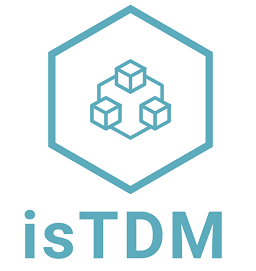Definition(s):
It refers to situations or reasons that could lead development teams to incur different TD types. (Rios et al., 2018)
Different causes lead to TD occurrence in software projects. The main TD causes are related to the project’s constraints, the decision-making process in software development, and the team members’ actions. From a broad perspective, it is noticed that such causes are associated with technical, business, and social aspects. (Jeronimo Junior and Travassos, 2022)
Source(s):
- Rios, Nicolli, et al. “The most common causes and effects of technical debt: first results from a global family of industrial surveys.” Proceedings of the 12th ACM/IEEE International Symposium on Empirical Software Engineering and Measurement. 2018.
- Jeronimo Junior, Helvio, and Guilherme Horta Travassos. “Consolidating a Common Perspective on Technical Debt and its Management Through a Tertiary Study.” Information and Software Technology (2022): 106964.
- Tom, Edith, Aybuke Aurum, and Richard Vidgen. “A consolidated understanding of technical debt.” Proceedings of the 20th European Conference on Information Systems (ECIS’12), AIS Electronic Library, Barcelona, Spain (2012).
- Tom, Edith, AybüKe Aurum, and Richard Vidgen. “An exploration of technical debt.” J. Syst. Softw., 86.6 (2013), pp. 1498-1516.
- Behutiye, Woubshet Nema, et al. “Analyzing the concept of technical debt in the context of agile software development: A systematic literature review.” Information and Software Technology 82 (2017), pp. 139-158.
- Besker, Terese, Antonio Martini, and Jan Bosch. “Managing architectural technical debt: A unified model and systematic literature review.” J. Syst. Softw., 135 (2018), pp. 1-16.
- Dalla, L. O. F. B. “Systematic Mapping on a metaphorical issue of Technical Debt framework.” International Journal of Health and Pharmaceutical Research E-ISSN 2545-5737 P-ISSN 2695-2165, Vol 5. (3), (2020).
